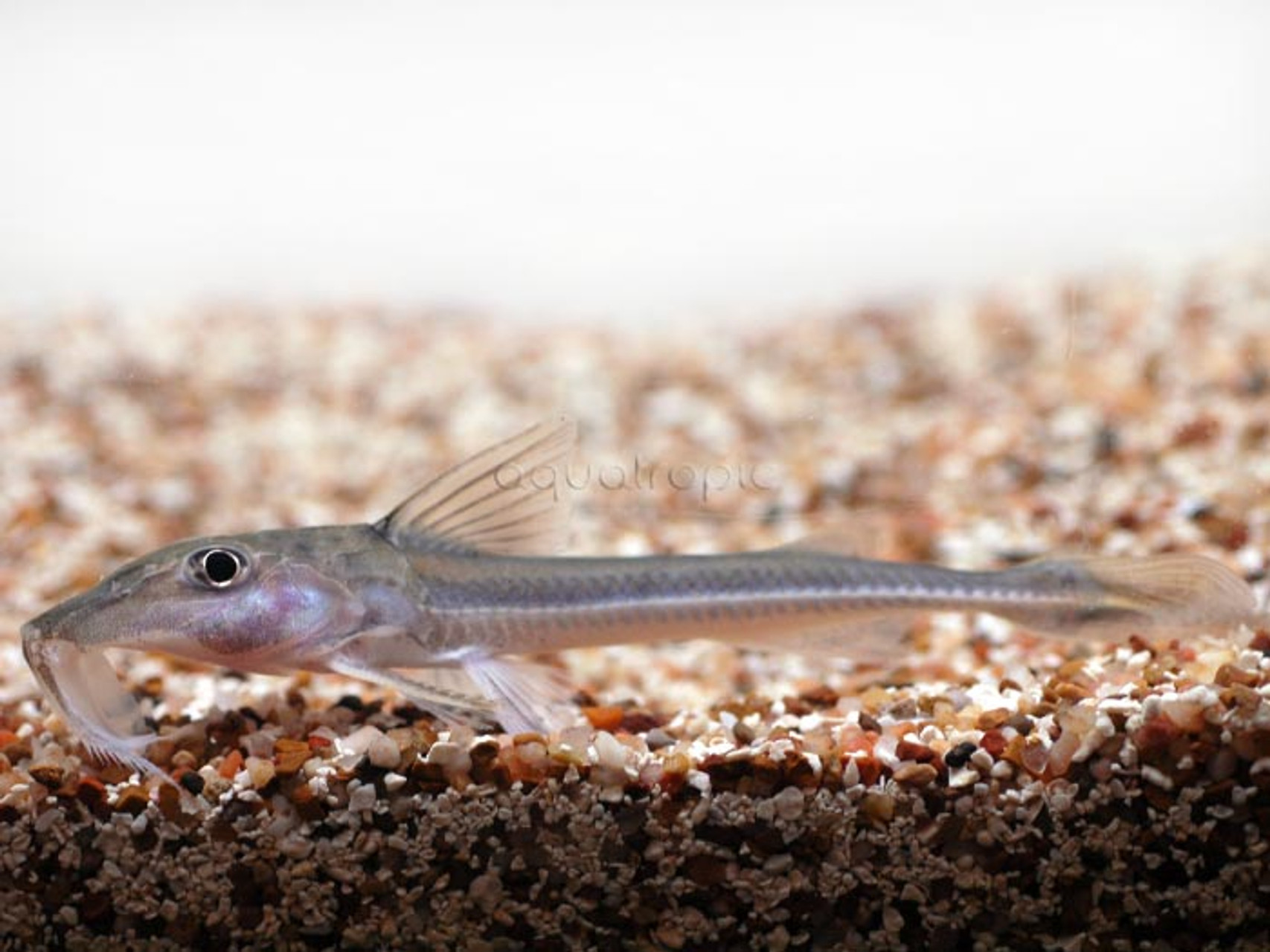Peruvian Sturgeon Catfish (Leptodoras acipenserinus)

Leptodoras is a peculiar genus of elongated South American catfishes, with a dozen species spread across the region’s larger rivers. It belongs to the thorny catfish family Doradidae, and, as is typical for this group, it has a series of bony plates running along the sides of its body, though they are a bit smaller than those seen elsewhere in the family. You’ll see these traded as “mouse catfishes”, and, for the species we’ll be discussing today, as the “sturgeon catfish”, though this name is used by others in the catfish order.
The differences between this group’s species are fairly modest, and they can be exceptionally challenging to reliably identify. The genus has a long history of misidentification that has only recently been clarified. The name most commonly used for aquarium specimens is L. acipenserinus, a species known from the cis-Andean piedmont in the upper Amazon basin in Ecuador, Peru and Brazil. Most specimens are from whitewaters, though populations in the lowlands of this region can be found inhabiting moderately blackwater rivers.
Most Leptodoras grow to a modest size of around eight inches, though the maximum size for many is closer to a foot in length. Still, these are such elongated fishes that this large size doesn’t equate to all that much biomass.
They feed on a variety of benthic invertebrates (insects, crustaceans, worms), and should be fed accordingly in captivity, though sinking pellets will also be accepted. Since these frequently come from fast-flowing, highly oxygenated waters, it is recommended that good flow be provided, along with regular large water changes to keep water pristine. For this reason, this group is not the ideal starter fish for most aquarists, though it is well within the means of most.
Leptodoras are reputed to be fairly social, as far as catfishes go, and can be kept in small groups. Suitable tankmates will include peaceful cichlids, such as the geophagine eartheaters, as well as larger tetras and perhaps a few other types of catfishes, like Corydoras or Pimelodus. Of course, this is just an example of a South American biotope; there are a large number of groups from outside this region that will work equally well, such as rainbowfishes, gouramis, loaches, etc.